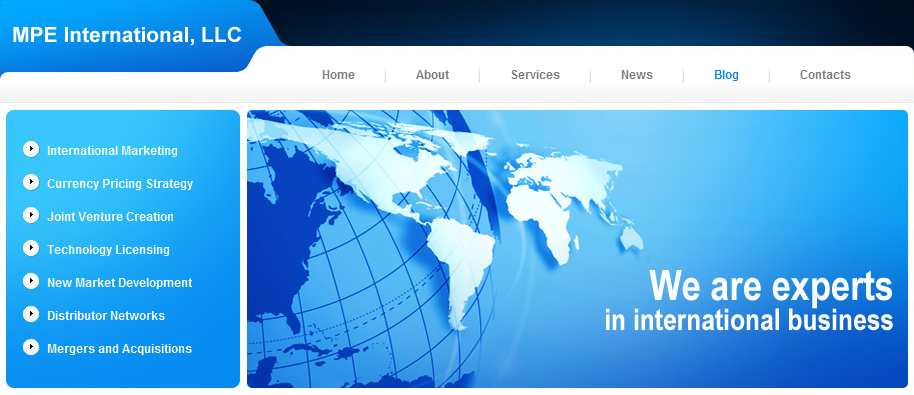Sen. Sherrod Brown (Ohio) sponsored legislation (Currency Exchange Rate Oversight Reform Act of 2011) that potentially penalizes countries, such as China, that manipulate their currency. This is an important proposal in terms of our relative currency exchange rate position with China. Given that China owns more than 27 percent of the United States debt (and as a result is a major financer of our budget deficits) and that any resulting exchange rate fluctuations could directly affect consumer goods prices in the USA, this is a matter for serious consideration.
Upon initial review, it would appear that devaluing the Chinese Yuan could help America businesses increase the number of jobs in the US. Some economists estimate the Chinese Yuan is undervalued by 15 percent to 40 percent, so as a market average we could assume the currency is undervalued by approximately 30 percent. Last week the exchange rate was 1US$ =6.3795 Yuan. If the Yuan were to devalue by the assumed 30 percent, the resulting exchange rate would become 1US$=4.4656 Yuan. One might think a lower number is good, isn’t it? Not necessarily, if 1 US$ buys fewer Yuan that makes the Chinese imports more expensive.
Using one of the largest retailers as an example to understand the impact of currency fluctuation on the consumer, consider the following example. Let us assume reported sales for 2010 of US $405 Billion Dollars, with a cost of merchandise sold of US$304.6 Billion Dollars. Assume also that 70 percent of merchandise was sourced from China. This means merchandise could cost approximately US$64 Billion more after the currency devaluation. Wondering who would pay for the increased cost? As always, consumers would pay for the increase and in this case approximately a price increase of 21.1 percent. It is highly likely most other retailers would have to pass on similar price increases.
Some would argue that the devaluation of the Yuan would cause goods manufactured in China to become more expensive, causing factories to close in China and move elsewhere. Would some of these factory jobs then be moved to the U.S.? The time and cost to build new factories in the U.S. is significant, and it may be more likely that major retail suppliers would simply move factories from China to other low cost countries with more stable currencies. Unfortunately, the result is that U.S. jobs would not increase, but the prices to already struggling U.S. consumers would increase.
Will Senate Bill S.1619 benefit U.S. business, or would the U.S. benefit more from a rebalancing of the exchange rate? Some have argued the amount of Chinese ownership of U.S. Debt obligations places China in the position to sell large amounts of US debt, thereby potentially devaluing the US Dollar. In that case, no one wins and all U.S. Imports would substantially increase in cost, possibly contributing to high inflation. Is this similar to what the U.S. experienced in the late 70’s and early 80’s?
As a practical matter, since the autumn of 2006, the Chinese Yuan has been voluntarily devalued against the dollar by approximately 23 percent. Might it be better to allow a slower natural devaluation to occur without the potential political and economic fallout that the legislation could create?
Lastly, what is the role of the U.S. and China business relationship? It could be argued that given the creation of a new middle class and the increase in automobile ownership (a direct measure of the maturity of a country), China is no longer a developing nation. As the middle class of any nation increases, the demand for consumer goods and industrial machinery to produce those goods increases. This means the potential export of machinery and industrial products to China will increase. In 2010, Ohio was the eighth-largest exporting state in the US exporting US$41.4 Billion in goods and services, an increase of 21.5 percent from the previous year. Of that total, US$2.3 Billion was exported to China.
It seems obvious Ohio needs China and China needs Ohio, so perhaps the most pertinent question is how to incentivize U.S. companies to open new factories in the U.S. in a manner that is cost competitive with overseas factories.
Mark Evans is the Chief Consultant at MPE International, LLC located in West Chester, Ohio. Mark helps industrial and capital equipment companies develop international customers and distribution networks. (www.mpeinternational.com.)
This column was originally published in the the Cincinnati Enquirer on October 11 2011.


